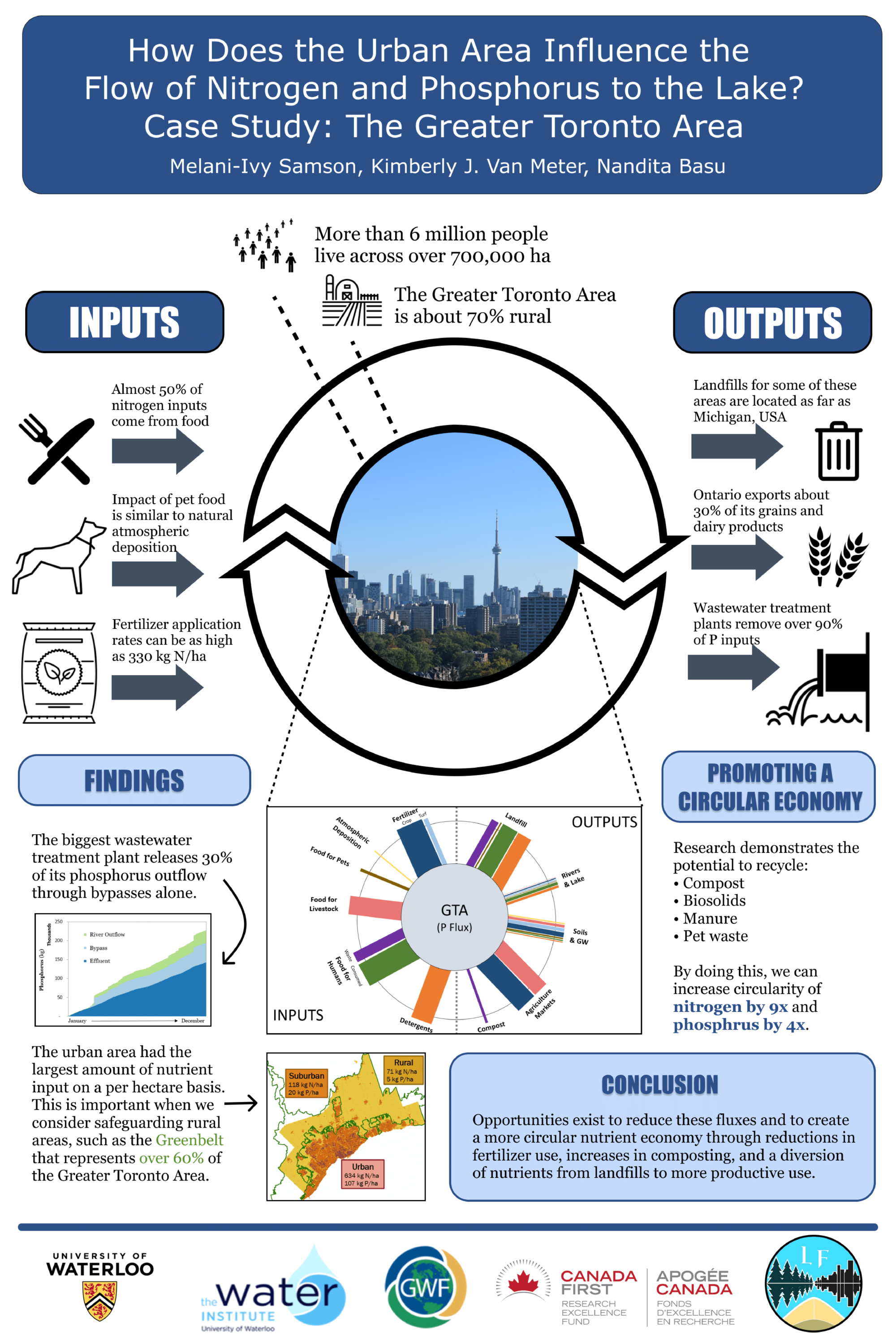Presentations
Presentation providing a high level overview of Lake Futures at the beginning of the project.
Lake Futures Inception Meeting Presentation (PowerPoint)

Reports

Posters
Lake Futures: Enhancing Adaptive Capacity and Resilience of Lakes and their Watersheds (PDF)

Brochures

Research Impact Posters
Research impact posters were designed by project students and postdoctoral fellows to share their work with practitioners and decision makers.




